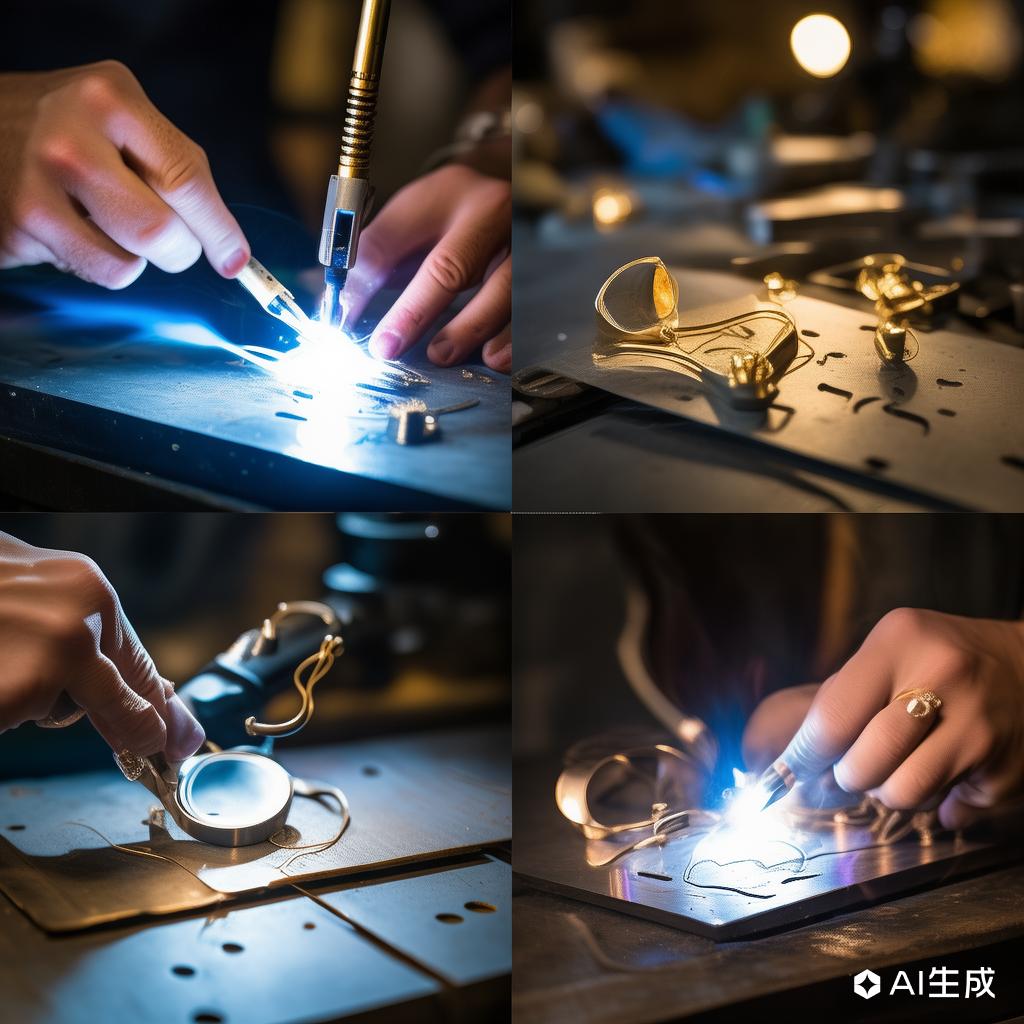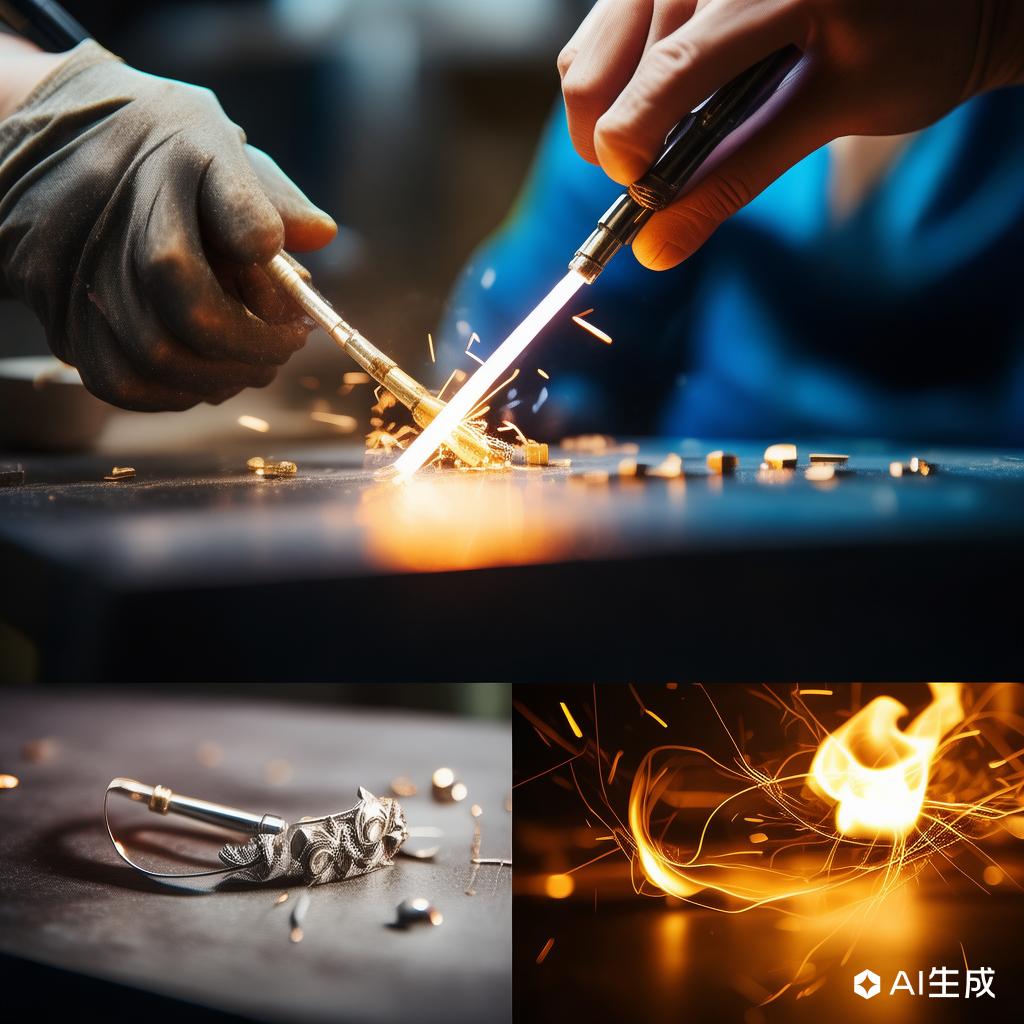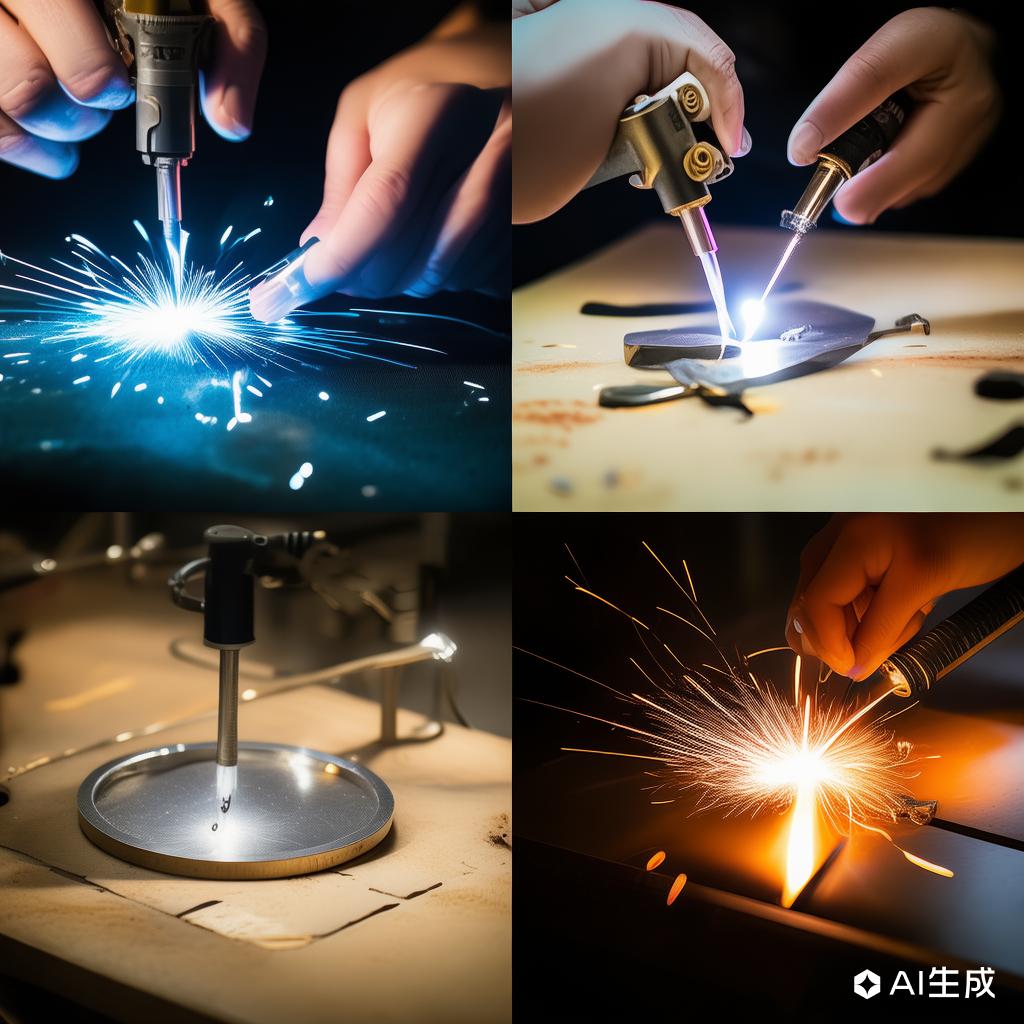Mastering Jewelry Welding Techniques: A Comprehensive Guide
Share



Welding is a critical skill in the jewelry-making process, allowing artisans to create intricate and durable pieces. Whether you're a beginner or an experienced jeweler, understanding the various welding techniques can significantly enhance the quality and aesthetic appeal of your work. This comprehensive guide delves into the most effective jewelry welding techniques, their applications, and best practices.
### Laser Welding
Laser welding is a precision technique that uses a concentrated beam of light to join metals. It is particularly popular in the jewelry industry due to its ability to weld small, delicate pieces without causing thermal damage to surrounding areas. This method is ideal for repairing fine jewelry, creating intricate designs, and working with precious metals like gold and platinum.
### Tungsten Inert Gas (TIG) Welding
TIG welding, also known as Gas Tungsten Arc Welding (GTAW), is another favored technique in jewelry making. It uses a non-consumable tungsten electrode to produce the weld. TIG welding provides excellent control over the welding process, making it suitable for high-quality, precise welds. It is often used for焊接 larger pieces or when a high level of detail is required.
### Oxy-Fuel Welding
Oxy-fuel welding involves using a combination of oxygen and a fuel gas (such as acetylene) to produce a flame that can weld metals. This technique is versatile and can be used for a variety of jewelry-making tasks, including soldering, brazing, and cutting. It is particularly useful for working with base metals and creating rustic or antique finishes.
### Plasma Arc Welding
Plasma arc welding is similar to TIG welding but uses a plasma arc to achieve higher temperatures. This technique is ideal for welding thin metals and creating seamless joints. It is often used in high-end jewelry production where precision and strength are paramount.
### Best Practices for Jewelry Welding
Regardless of the technique you choose, there are several best practices to ensure successful jewelry welding:
1. **Cleanliness:** Ensure that all materials and tools are clean to prevent contamination and weak welds.
2. **Proper Ventilation:** Welding produces fumes and gases that can be harmful if inhaled. Always work in a well-ventilated area.
3. **Safety Gear:** Wear appropriate safety gear, including goggles, gloves, and a welding mask, to protect yourself from sparks and UV radiation.
4. **Practice:** Like any skill, welding requires practice. Experiment with different techniques and materials to hone your skills.
By mastering these jewelry welding techniques and adhering to best practices, you can create stunning, durable pieces that stand the test of time.